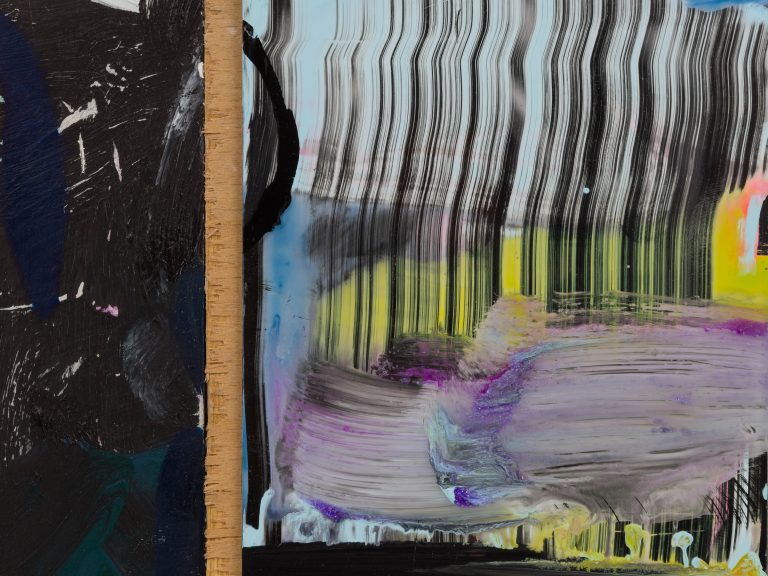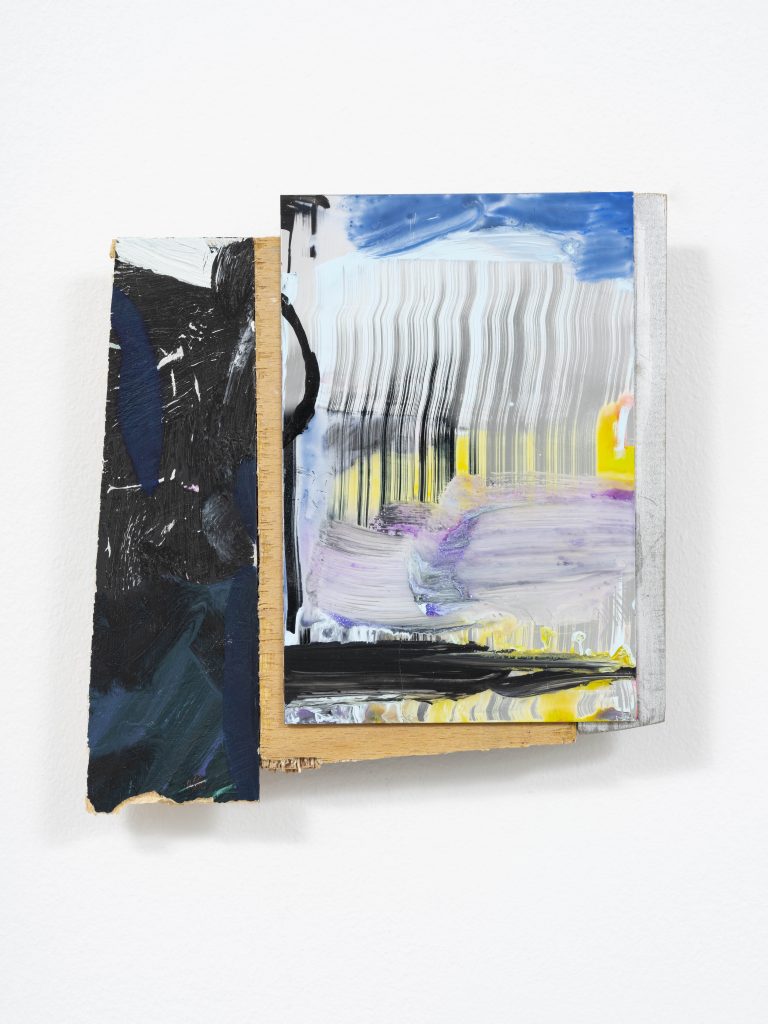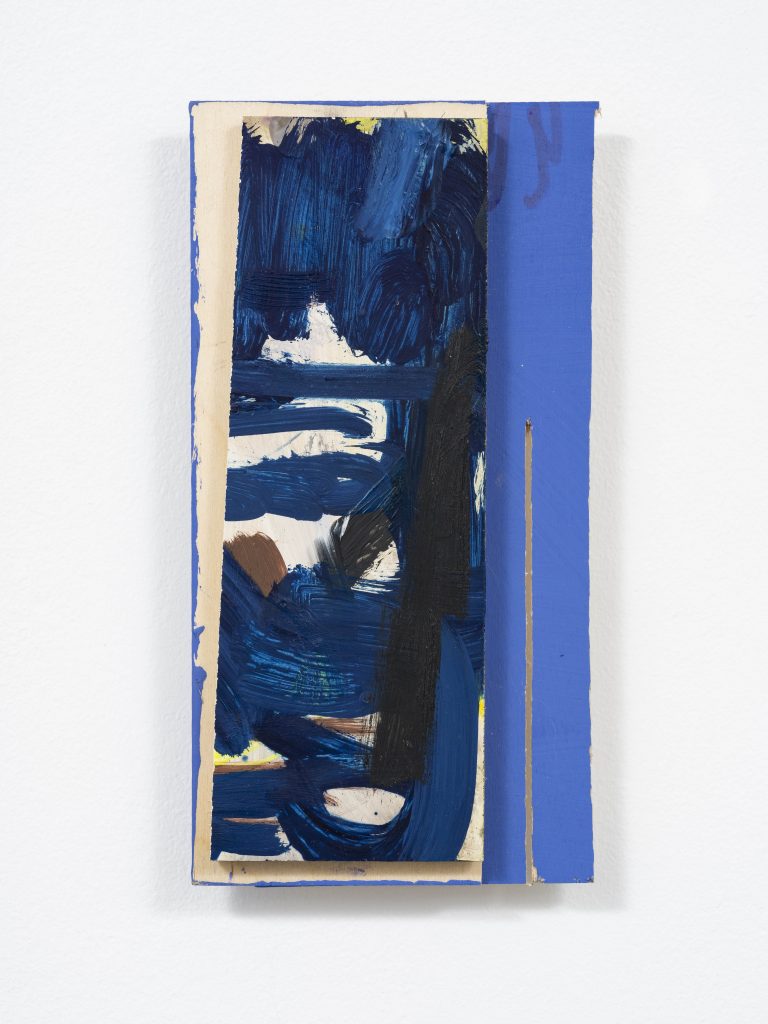Mary Ramsden’s New Icons
Daisy Hildyard writes in her article for Frieze Magazine, on a new series of portraits made during lockdown channels its sitters from afar. They have been realized by London-based artist Mary Ramsden, whose currently shows two works of this series in the exhibition ABSTRAKT at Wentrup.

Mary Ramsden
Jordan, 2020 [Detail]
There are many ancient stories about shamans metamorphosing into other animals. These stories have been told across Europe, Asia, Africa and the Americas, often with a common thread: the shaman changes shape through a process of intensified mimicry. They might make the calls of an animal or move their bodies to imitate flapping, creeping or shoaling. If the shaman wants to be a stag, he might wear antlers; if she wants to become lupine, she could cover her body with a wolf pelt. There is something both mystical and deeply pragmatic in these entranced, diligent processes. It makes logical sense that a person who closely studies and mimics a wolf might gain some insight into a wolf’s needs.
I’ve recently been reading about these traditions of channelling, whose essentials endure across many times and places, and wondering what they might have to say to people who do not have much physical contact with antlers or wolf fur. These props are technologies, as well as totemic objects – even if shamanic becoming, as a physical and performative work, doesn’t necessarily sit comfortably with disembodied digital experience. (It isn’t hard to find a shaman who will, for a fee, help you discover your spirit animal via Zoom.) Over the past year, online communities have expressed a heightened and raw sensitivity to physical separation. There are support groups and message boards where lonely individuals can ‘connect’; there are ponderous articles on ‘the power of touch’, shared via links and tags. Every Thursday, I work with an online community group that is a social prescription service: virtual contact, funded by the health service, as medication for isolation. It works, up to a point. The sessions can be positive and deeply personal, but there is always a sense of something lacking: people express a desire to actually be together, and describe a feeling of alienated intimacy. They are at once hyperconnected, looking into one another’s kitchens and bedrooms, and forcibly boundaried, housebound…
Read the full article on frieze.com.

Jordan, 2020
Oil paint, acrylic, board and mirror panel
17 x 18 cm
Photo: Damian Griffiths
Courtesy Wentrup, Berlin

Adam, 2020
Oil paint and pen on board
21 x 11 cm
Photo: Damian Griffiths
Courtesy Wentrup, Berlin
